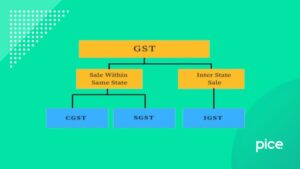E-Way Bill – Documents Required for Movement of Goods
- 24 Aug 24
- 14 mins
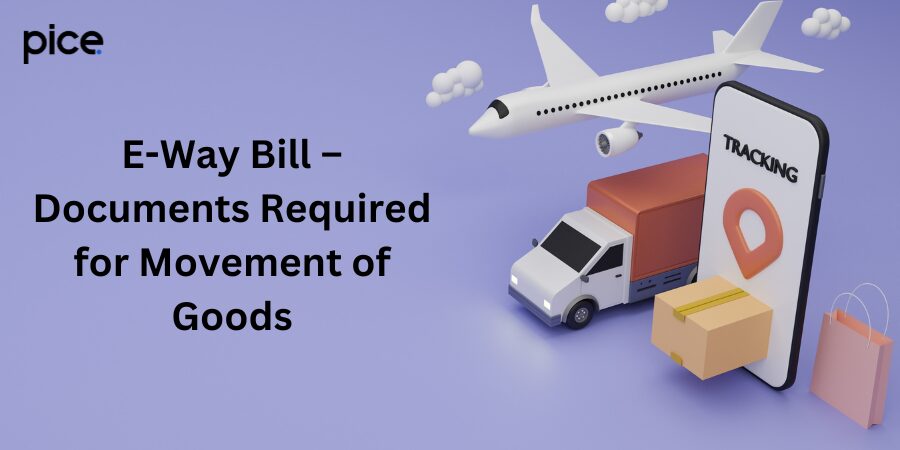
E-Way Bill – Documents Required for Movement of Goods
- Understanding the E-Way Bill
- Components of an E-Way Bill
- Registering for an E-Way Bill
- Regulations for E-Way Bills
- Required Documents and Information for Generating an E-Way Bill
- Features and Functions of the E-Way Bill
- Online E-Way Bill Generation: Steps to Create an e-Way Bill on the Portal
- Challenges and Issues in e-Way Bill Compliance
- E-Way Bill Validity
Key Takeaway
- The e-Way Bill is a mandatory document for the movement of goods valued over Rs. 50,000, ensuring compliance with GST regulations and real-time tracking of goods.
- Accurate documentation, including tax invoices, delivery challans, and transport documents, is essential for generating a valid e-Way Bill and avoiding penalties.
- Registering on the E-Way Bill Portal and understanding the detailed requirements of Part A and Part B of the e-Way Bill are crucial for seamless logistics management.
- The e-Way Bill system integrates with various business processes, providing features like real-time tracking, automated compliance, and consolidated e-Way Bills for bulk shipments.
- Ensuring the validity of the e-Way Bill, based on the distance the goods need to travel, is essential for maintaining compliance and avoiding transportation delays.
Understanding the E-Way Bill
An e-Way Bill is a mandatory document required for the movement of goods worth over a specified limit across India. This electronic document is generated on the E-Way Bill Portal, ensuring compliance with GST regulations. The e-Way Bill system was introduced to streamline the process of transporting goods and prevent tax evasion. It helps the authorities track the movement of goods in real-time, thereby enhancing transparency and accountability.
The e-Way Bill comprises critical information about the consignor, consignee, and the transporter. It includes details like the type of goods, value, origin, and destination. The e-Way Bill Number (EBN) is unique for each consignment and must be produced when requested by authorities during transit. Failure to generate an e-Way Bill can result in penalties, including the detention of goods and vehicles.
💡If you want to pay your GST with Credit Card, then download Pice Business Payment App. Pice is the one stop app for all paying all your business expenses.
Understanding the importance of the e-Way Bill is essential for all businesses involved in the supply chain. It not only ensures compliance with E-Way Bill Regulations but also facilitates seamless logistics management. The system supports various types of movements, including intra-state and inter-state transfers, ensuring that the goods reach their destination without unnecessary delays. The E-Way Bill System integrates with various business systems, allowing for Effortless Collaboration and the optimization of the Complete Supply Chain Solution.
Components of an E-Way Bill
An e-Way Bill consists of several components that collectively ensure the smooth movement of goods. These components include:
- Part A: Contains details of the consignor, consignee, and the consignment. Key fields include GSTIN of the supplier and recipient, place of dispatch, delivery address, invoice or challan number, and value of goods.
- Part B: Contains details of the transporter, including the vehicle number used for road transport or document number for other modes like rail, air, or ship. This part is crucial for monitoring the Commencement Of Movement.
- E-Way Bill Number (EBN): A unique 12-digit number generated upon the successful submission of the EWay Bill details. This number is essential for tracking and compliance checks.
- Validity Period: The duration for which the e-Way Bill is valid, based on the distance the goods need to be transported. Typically, the validity period is one day for every 100 kilometers of travel.
- Delivery Challans: Necessary for the movement of goods sent for job work or for non-GST supplies. These documents serve as proof of delivery and must be attached to the EWay Bill.
Understanding these components is vital for businesses to ensure compliance with E-Way Bill Regulations and to avoid any disruptions in the supply chain. Each component plays a specific role in the overall e-Way Bill System, making it a comprehensive solution for goods movement.
Registering for an E-Way Bill
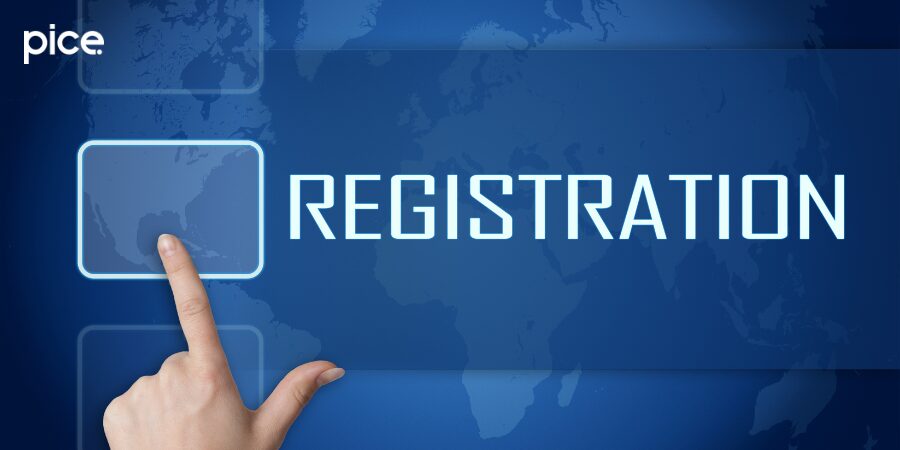
To generate an e-Way Bill, businesses must first register on the E-Way Bill Portal. The registration process is straightforward but requires specific information and documents:
- GSTIN: The Goods and Services Tax Identification Number is mandatory for businesses to register on the portal.
- Mobile Number: Linked to the GSTIN for verification and communication purposes.
- Email ID: Used for receiving notifications and updates related to the EWay Bill.
- Business Details: Including the business name, address, and nature of the business.
Once the registration is complete, businesses can log in to the portal and start generating e-Way Bills. The portal provides an easy-to-use interface that guides users through the process. Additionally, the portal offers features for managing generated e-Way Bills, including viewing, updating, and canceling them as needed.
Registering on the e-Way Bill Portal is a crucial step for compliance. It ensures that businesses are equipped to handle the requirements of the e-Way Bill System efficiently. Moreover, it facilitates seamless integration with other systems, such as ERP E-TDS Return Filing Solution, enhancing the overall business process automation.
Regulations for E-Way Bills
The regulations governing e-Way Bills are designed to ensure compliance and streamline the process of goods movement. These regulations include:
- Mandatory Generation: An e-Way Bill must be generated for the movement of goods worth more than Rs. 50,000, either in a single invoice or multiple invoices of a single consignment.
- Document Requirements: Apart from the e-Way Bill, transporters must carry relevant documents such as tax invoices, Delivery Challans, and Transport Documents.
- Validity Period: The e-Way Bill is valid for a specific period based on the distance to be covered. The validity can be extended under certain circumstances, such as vehicle breakdown or natural calamities.
- Compliance Requirement: Businesses must ensure that all details provided in the e-Way Bill are accurate and complete. Any discrepancies can lead to penalties and delays.
- Inter-State and Intra-State Movements: Different rules apply for inter-state and intra-state movements. Businesses must be aware of these distinctions to ensure compliance.
Understanding and adhering to these regulations is essential for businesses to avoid penalties and ensure smooth operations. The e-Way Bill Regulations are designed to create a transparent and accountable system for the movement of goods across the country.
Required Documents and Information for Generating an E-Way Bill
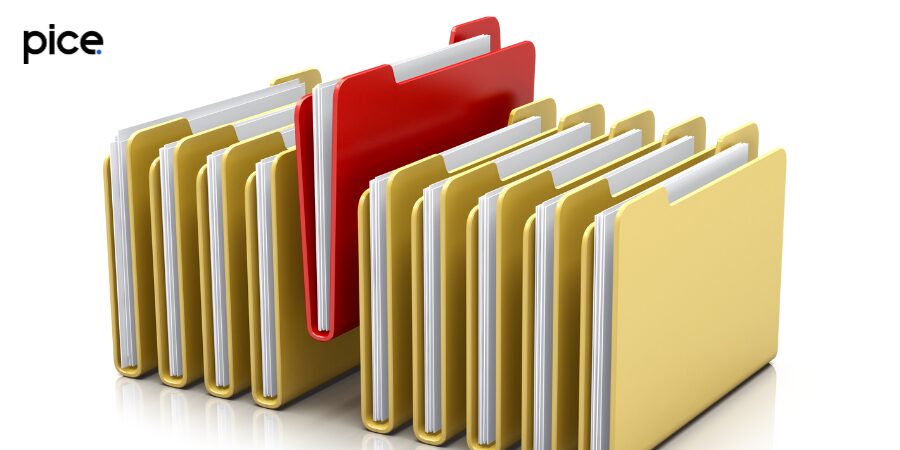
Generating an e-Way Bill requires specific documents and information. Here’s a detailed list of what you need:
- Tax Invoices: The invoice issued by the supplier for the goods being transported. This document is essential for creating the e-Way Bill and must include details such as the invoice number, date, GSTIN of the supplier and recipient, description of goods, quantity, and value.
- Delivery Challans: Necessary when goods are moved for job work or other non-sale purposes. The challan must include details like challan number, date, GSTIN of the supplier and recipient, description of goods, and the reason for transportation.
- Transport Documents: These include the bill of lading, consignment note, or any other document that proves the goods are being transported. The transporter’s details, including the transporter ID and vehicle number, must also be provided.
- Transporter Details: Information about the transporter, including their GSTIN or ID, name, and address. This is crucial for ensuring the accountability of the transporter in the movement of goods.
- Consignment Details: Specifics about the consignment, including the type of goods, quantity, value, HSN code, and the place of origin and destination.
- Registered Person: Details of the registered person generating the e-Way Bill, including their GSTIN, name, and address.
- Electronic Document: The e-Way Bill itself serves as an electronic document, replacing traditional paper-based documentation and streamlining the process.
- Person In Charge: The individual responsible for the consignment during transportation. Their details must be included to ensure accountability.
- Inland Container Depot and Container Freight Station: Locations where goods are stored before being transported. Details of these facilities must be provided if applicable.
- Inter-State and Intra-State Movements: Information on whether the goods are being transported within a state or across state borders. This affects the rules and validity of the e-Way Bill.
Accurate and complete documentation is critical for generating a valid e-Way Bill. It ensures compliance with E-Way Bill Regulations and helps avoid penalties and delays in the transportation process.
Features and Functions of the E-Way Bill
The e-Way Bill system offers several features and functions designed to streamline the movement of goods. These include:
- Real-Time Tracking: Allows businesses and authorities to track the movement of goods in real-time, ensuring transparency and reducing the risk of theft or fraud.
- Consolidated E-Way Bill: Facilitates the movement of multiple consignments in a single vehicle. This feature is particularly useful for transporters handling bulk shipments.
- Seamless Integration: The e-Way Bill system integrates with various ERP systems, enhancing the overall efficiency of business operations. This includes solutions like ERP E-TDS Return Filing Solution, which streamline tax compliance processes.
- Effortless Collaboration: Enables collaboration between suppliers, transporters, and recipients, ensuring that all parties have access to the necessary information.
- Physical Verification: Allows authorities to verify the goods during transit, ensuring compliance with regulations. This includes checking the e-Way Bill Number and other details provided in the document.
- Automated Compliance: The system automates many compliance requirements, reducing the administrative burden on businesses. This includes generating e-Way Bills, updating transport details, and managing validity periods.
- Common Portal: Provides a single platform for generating, managing, and verifying e-Way Bills. The portal is user-friendly and supports various features to enhance the user experience.
- Release Notes: Regular updates and improvements to the EWay Bill system are communicated through release notes, ensuring that users are aware of new features and changes.
These features and functions make the e-Way Bill system an essential tool for businesses involved in the movement of goods. They enhance transparency, reduce administrative burdens, and ensure compliance with E-Way Bill Regulations.
Online E-Way Bill Generation: Steps to Create an e-Way Bill on the Portal
Generating an EWay Bill online involves several steps. Here’s a detailed guide to help you navigate the process:
- Login to the E-Way Bill Portal: Use your GSTIN and password to access the portal. If you’re a first-time user, you’ll need to register and create an account.
- Select ‘Generate New’: From the dashboard, select the option to generate a new EWay Bill. This will open a form where you can enter the necessary details.
- Enter Part A Details: Fill in the details of the consignor, consignee, and the consignment. This includes GSTIN, address, invoice or challan number, and value of goods.
- Enter Part B Details: Provide the transporter’s details, including the transporter ID and vehicle number. If the goods are being transported by rail, air, or ship, enter the relevant transport document number.
- Verify and Submit: Review the details entered to ensure they are accurate and complete. Once verified, submit the form to generate the EWay Bill.
- Print and Carry: Print a copy of the Bill and ensure it accompanies the consignment during transit. The e-Way Bill Number should be clearly visible for verification.
Transportation by Road:
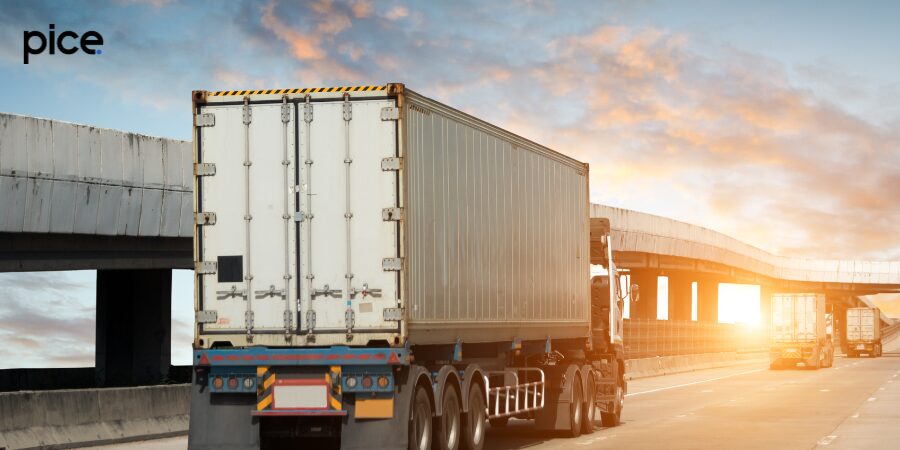
When transporting goods by road, the vehicle number must be included in Part B of the e-Way Bill. This ensures that the vehicle can be tracked and verified during transit. Additionally, the driver must carry a copy of the e-Way Bill and any other relevant documents, such as tax invoices and Delivery Challans.
Transportation by Rail, Air, or Ship:
For goods transported by rail, air, or ship, the transport document number must be included in Part B. The transporter must ensure that the EWay Bill accompanies the goods throughout the journey. In case of multiple consignments in a single transport, a Consolidated E-Way Bill can be generated to simplify the process.
Challenges and Issues in e-Way Bill Compliance
Despite the benefits, businesses may face challenges in complying with e-Way Bill regulations. Common issues include:
- Technical Glitches: Occasional technical issues with the E-Way Bill Portal can cause delays in generating e-Way Bills. Businesses must have contingency plans in place to handle such situations.
- Accuracy of Details: Ensuring that all details entered are accurate and complete can be challenging, especially for large consignments. Inaccurate details can lead to penalties and delays.
- Document Management: Managing the various documents required for generating an e-Way Bill, such as tax invoices and Delivery Challans, can be cumbersome. Businesses must have robust systems in place to handle documentation.
- Transporter Coordination: Coordinating with transporters to ensure that they have all necessary details and documents can be difficult, especially for long-distance or inter-state movements.
- Compliance Burden: The administrative burden of ensuring compliance with E-Way Bill Regulations can be significant, particularly for small businesses. Automating as much of the process as possible can help reduce this burden.
Addressing these challenges requires a combination of robust systems, accurate data entry, and effective coordination with transporters. Businesses must stay updated with any changes in regulations to ensure ongoing compliance.
E-Way Bill Validity
The validity of an e-Way Bill is a critical aspect of compliance. The validity period is determined based on the distance to be covered by the goods:
| Distance | Validity Period |
|---|---|
| Less than 100 km | Valid for 1 day |
| 100-300 km | Valid for 3 days |
| 300-500 km | Valid for 5 days |
| 500-1000 km | Valid for 10 days |
| More than 1000 km | Valid for 15 days |
The validity period starts from the date and time at which the e-Way Bill is generated. If the goods cannot be transported within the validity period due to unforeseen circumstances, such as vehicle breakdown or natural calamities, the validity can be extended. However, this requires proper documentation and justification.
Ensuring the validity of the e-Way Bill is crucial for compliance. Transporters must plan their routes and schedules carefully to ensure that goods are delivered within the validity period. Failure to do so can result in penalties and delays.








